The most properly maintained garden plot can benefit from fertilizer, even if the soil contains a high concentration of micro-and macronutrients necessary for optimal plant growth and production. Knowing when to fertilize your plants can reap the maximum benefits from doing it correctly. The tender new growth of a plant may be destroyed if fertilizer is applied at the wrong time of the year. In this case, fertilizer programs customized for certain plant kinds can be beneficial.
You’ve taken the time to fertilize your lawn. You’ve done an excellent job of spreading the fertilizer. Because granular fertilizer dissolves slowly, you’re probably wondering how long fertilizer takes to work. It all relies on the type of fertilizer that you’re using. If the release is slow, the duration will be substantially longer when compared to something like a quick-acting fertilizer.
Fertilizers start showing the result in the growth of your plants within a week after the application. It will most likely depend on the type of fertilizer you use and the techniques you apply. Knowing when to fertilize your plants can reap the maximum benefits from doing it correctly.
Exploring The Various Kinds Of Fertilizers Available
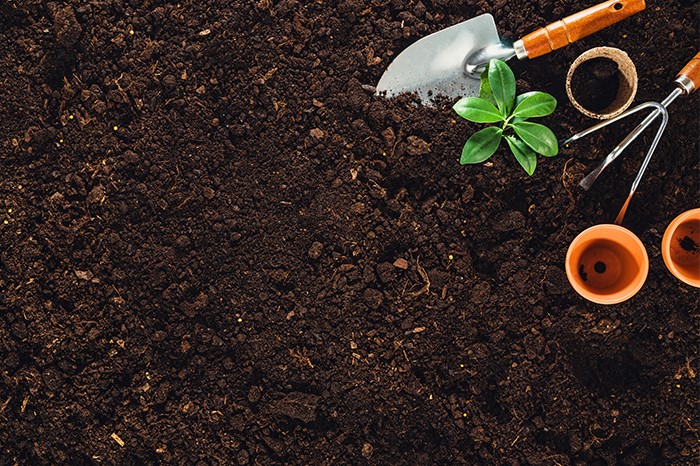
Here is the list of different fertilizers types that can boost plants growth.
- Granular Fertilizer
Granular fertilizer is the most often used type of fertilizer. This item is available year-round at several locations. They are also great for pre-plant treatment due to the ease with which granular fertilizer can be sprinkled over your complete garden in a few handfuls of product. Make sure to wear gloves if you do this. The application of granular fertilizer in this manner is simple, and it offers your plants an early boost, allowing you to begin harvesting earlier than otherwise. Stirring the soil is something best after adding granular fertilizer. - Liquid Fertilizer
Fertilizer in liquid form does not form a crust on the soil surface. Therefore more readily absorbed by plants than a fertilizer in solid form. When nutrients are delivered in liquid form, they are more easily absorbed by your plant’s roots. Liquid fertilizers are generally gentler on delicate or newly sprouted plants. However, in general, liquid fertilizers are not as harsh as other fertilizers. - Powder Fertilizer
Powder fertilizer is, to be honest, one of the more unknown forms of fertilizer. The general public frequently confuses powdered fertilizer with granular fertilizer, which is a common misunderstanding. If you’re dealing with a powder fertilizer, the simplest way to determine is to look for a label that is water-soluble.
How Long Does It Take For Different Fertilizers To Take Effect?
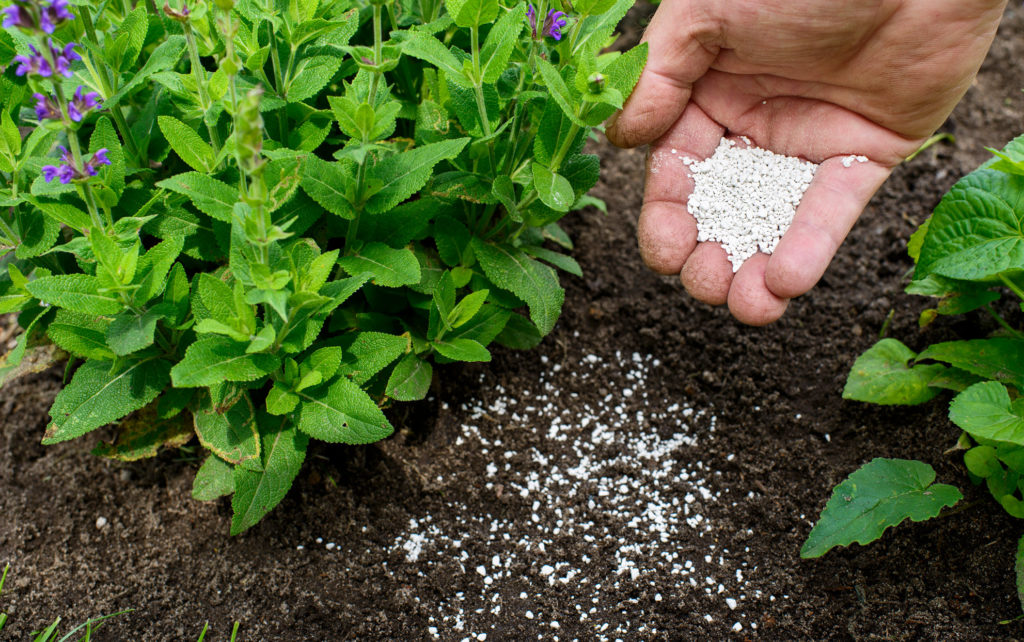
Now, having known the types, let’s delve into how effective these different fertilizers are and how long each takes to show their performance on your plants.
1. Liquid Fertilizer
The effect of a liquid fertilizer solution is just temporary. These kinds of fertilizers are sometimes to as “quick-release” fertilizers in some circles. With the help of these objects, plants can gain access to important nutrients in a very short period of time.
In most cases, plants will benefit from the usage of liquid fertilizers for at least 24 hours after they are applied. If it’s humid outside, it can take a little longer. When it comes to chemical reactions, you should expect them to take no more than five days.
If you require instant results, it is recommended to opt for a product that is branded as “fast-acting” or that claims to provide “immediate effects.” There is a wide range of liquid-based products accessible. It is possible to purchase them in two different forms: powders that dissolve in water and liquid concentrate. Both forms of the chemical must be combined with water in order to achieve the best possible dilution.
When the fertilizer has reached the proper liquid form, it is ready to be applied to your garden. The liquid has been dispersed uniformly across the ground. This ensures that all plants have access to the nutrients that have become available as a result of this. Furthermore, the plants are able to begin taking the fertilizer considerably more quickly as a result of this.
When fertilizer is decomposed, it produces urea and ammonium nitrate, which are commonly seen in liquid formulations as a result of the decomposition of the fertilizer. Urea, a nitrogen fertilizer, is a low-cost choice for farmers. The urea decomposes quickly in the soil, providing the plants with a burst of energy that they can use to grow.
2. Powder Fertilizer
Powder fertilizer performs on a scale with liquid fertilizer in terms of performance, but it can take a few days longer to see benefits due to the slower pace at which it distributes its nutrients than liquid fertilizer.
A “quick-release” product, on the other hand, can produce results that are almost immediately noticeable. Because powder fertilizers have a gentler composition when compared to liquid fertilizers, the effects may not be as significant as they would be for established and hardy plants.
3. Granular Fertilizer
There are a couple of elements to consider in this situation in order to consider how long fertilizer takes to work. First, it is possible to obtain granular fertilizers that are both organic and synthetic in nature. Consequently, fast-release synthetic fertilizer is a popular choice for consumers who want a rapid solution to their lawn problems because the results can be seen in as little as a few days after applying the fertilizer. Organic fertilizers can take around six weeks before they begin to have any effect. These factors may influence you to reconsider which type of granular fertilizer is best.
Organic Granular Fertilizer
Organic slow-release fertilizer is densely packed with nutrients that will help in the growth of your lawn. Micronutrients, microorganisms, and nutrients are also included in nitrogen. Organic sources of these nutrients include bone meal, blood meal, and fish emulsion, to name a few. Unfortunately, it takes time for organic materials to decompose before they can be distributed to your grass in the same way as quick-release lawn fertilizer does. Food scraps you dump in your compost bin, or even those you don’t bother with at all, are good examples of this.
Synthetic Granular Fertilizer
Fertilizers are composed mostly of three elements: nitrogen, potassium, and phosphorus, respectively. Chemical fertilizer firms synthesize these nutrients in a laboratory as part of their research and development of synthetic fertilizers. Because they are synthetic, it is straightforward to convert them into a fast-acting fertilizer that may be applied immediately. Because chlorophyll includes a significant amount of nitrogen, the nitrogen content of these products is often considerable. Chlorophyll is an important component in the process of turning a plant green.
Finally, granular fertilizer is a must-have for any garden. If you want to know how long fertilizer takes to work, you need to know more about the fertilizer first. The effects of a substance can take anywhere from a few days to several weeks to manifest themselves, depending on the product. Because the nutrient molecules in granular fertilizers are less functional than those in liquid fertilizers, they release nutrients at a slower rate.
The movement of nutrient molecules in liquid form allows them to reach your plant’s roots more quickly and be processed more swiftly. Granular fertilizers are excellent, but they are not always the most expedient alternative when it comes to planting and harvesting. Granular fertilizers are available that are quick-acting, but they can cause burns on your plants if used incorrectly. It is always a good idea to double-check the nutrient composition before application.
How Long Can Liquid Or Dry Fertilizer Take To Decompose?
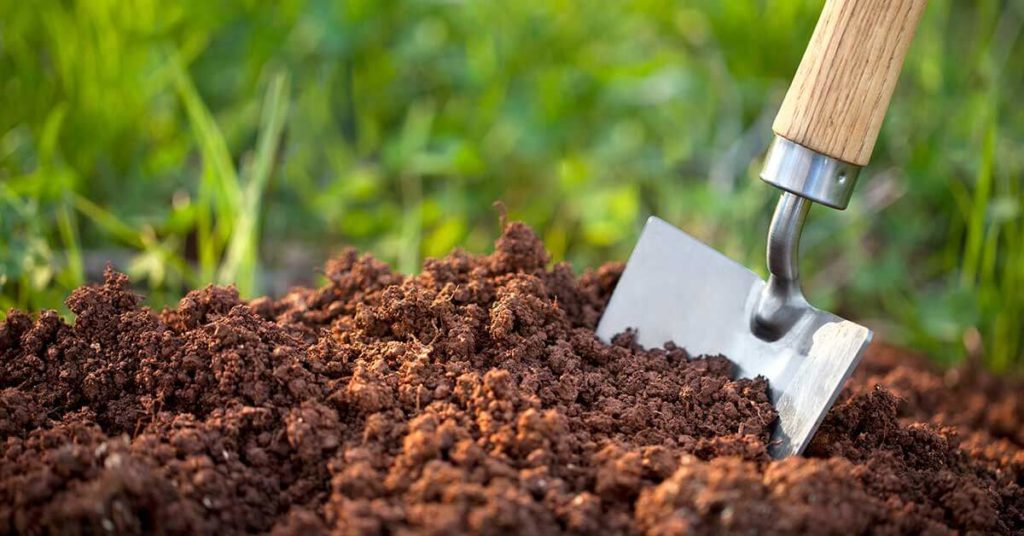
The rate at which fertilizer decomposes is determined by the type of fertilizer that was applied. This is how you know how long fertilizer takes to work. If you use synthetic fertilizers, Burpee Seeds and Plants promises that you will notice an improvement in your plants almost immediately.
Organic fertilizers break down in the soil over a period of two to six weeks, depending on the soil type. Each type of liquid or granular fertilizer decomposes at a variable rate depending on its composition. A fast-acting fertilizer will help develop your vegetables, whereas a slow-release fertilizer will ensure that your flowers bloom throughout the season.
In part due to the rapid absorption of nutrients by the roots of plants from liquid fertilizers, their impact on the soil is short-lived, lasting between one and two weeks. Consequently, you’ll need to reapply it more regularly than you would with a dry fertilizer with a longer release time. When using a liquid or water-soluble powdered fertilizer, combine between half a teaspoon and one tablespoon with one gallon of water and apply it to the soil every seven to fourteen days, depending on the type of fertilizer.
Granules are the building blocks of dry fertilizer formulations. It is normal practice to apply lawn fertilizer to lawns at a rate of one pound of nitrogen per 1,000 square feet of lawn area. Fill the fertilizer tank with fresh fertilizer every six to eight weeks. With flower or garden fertilizers, you should use 2 to 3 pounds of fertilizer for every 100 square feet of garden space you have. When applying in the spring, use approximately half the amount of product you used in the summer.
Also Read: How Long Does Fertilizer Last? Be Aware of the Expiry
The Difference Between Slow and Fast Release Lawn Fertilizer
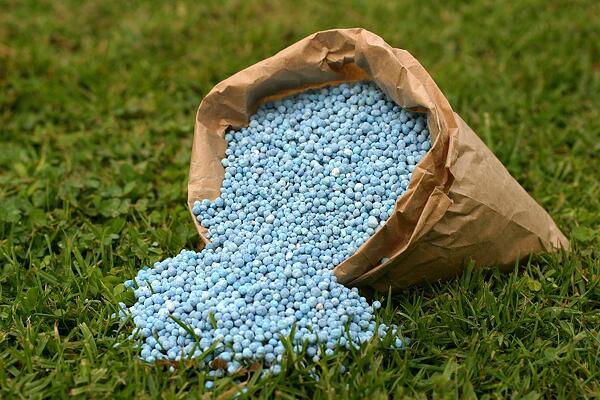
Your fertilizer contains three of the most vital nutrients: nitrogen, phosphorus, and potassium. By knowing more about the fertilizers, you would know how long fertilizer takes to work. When growing conditions are perfect, nitrogen is absorbed into the blades of grass after fifteen to twenty hours of treatment. Slow-release lawn fertilizer is broken down by microorganisms over a period of three to ten weeks, releasing nitrogen into the soil. Some of them continue to work for a few months or even a full year after they have submitted their applications.
- Slow Release Fertilizer
Even while you won’t see a difference in color right away, utilizing a slow-release fertilizer has a number of advantages over using a quick-release fertilizer. As an added benefit, you won’t have to fertilize your lawn as often because the grass will receive the nutrients it needs for a few months at a time. Your grass will be healthier and less susceptible to illness if you feed it nutrients on a consistent basis. Slow-release fertilizer is often more expensive upfront, but the long-term advantages outweigh the initial investment. - Fast/Quick Release Fertilizer
As you might expect, a fast-release fertilizer gets the job done in a short amount of time. It takes only a few days for the soil and vegetation to absorb the nitrogen. This type is often available as a liquid and is less expensive than delayed release due to the fact that it does not require a lengthy manufacturing procedure. Despite the fact that you will notice a rapid rise in your lawn, there are risks associated.
If you apply an excessive amount of quick-release fertilizer to a particular location, the grass will become black and parched. When it’s hot outside, the situation will deteriorate much further. Fast-release fertilizers can be utilized to complete the work in a short amount of time. Those plants that require rapid delivery of nutrients would much appreciate your assistance. This quick-release option will be especially beneficial to lawns that have only recently been planted.
How Long Do Fertilizers Stay in the Soil after Application?
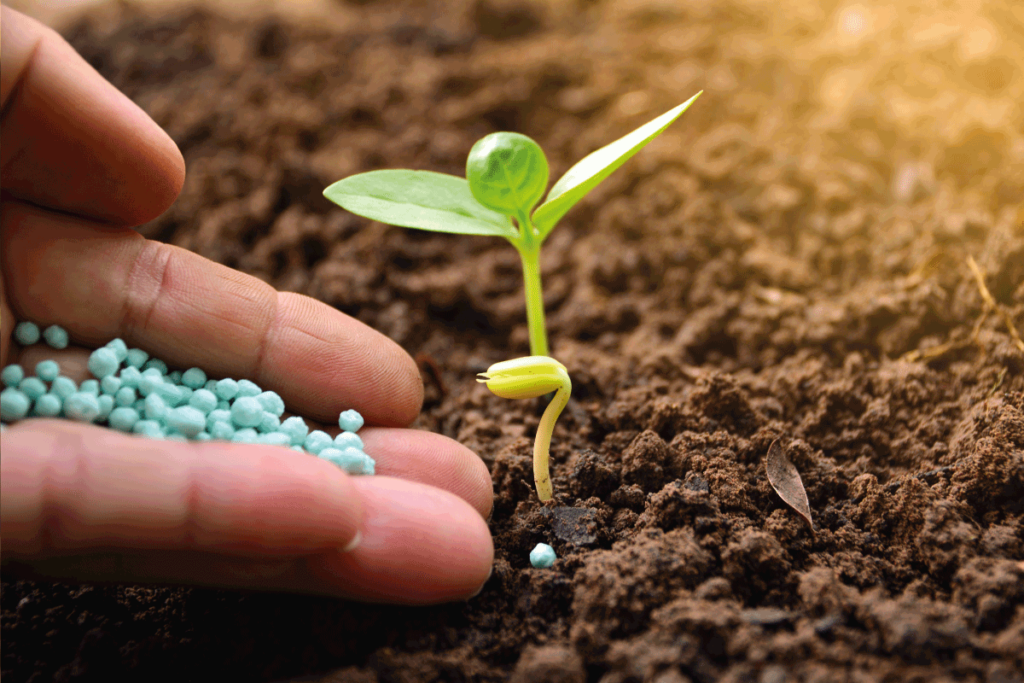
Fertilizers can remain in the soil for a short period of time, or they can remain in the soil for an extended amount of time. In soil, the amount of time it takes for fertilizer to break down varies depending on the sort of fertilizer you use and how it was manufactured. Some fertilizers can also be targeted at specific plants, which can be beneficial. Because plants develop at varying rates, grass fertilizer, for example, is intended to be used throughout the entire growing season on grass. Other fertilizers are more beneficial to plants when they are applied on a regular basis, such as every few weeks. This is especially true for fertilizers that are designed specifically for flowers. Plants often live longer if they break down or absorb fertilizer at a faster rate than they do if they do not do so.
When Is the Best Time to Apply Fertilizer?
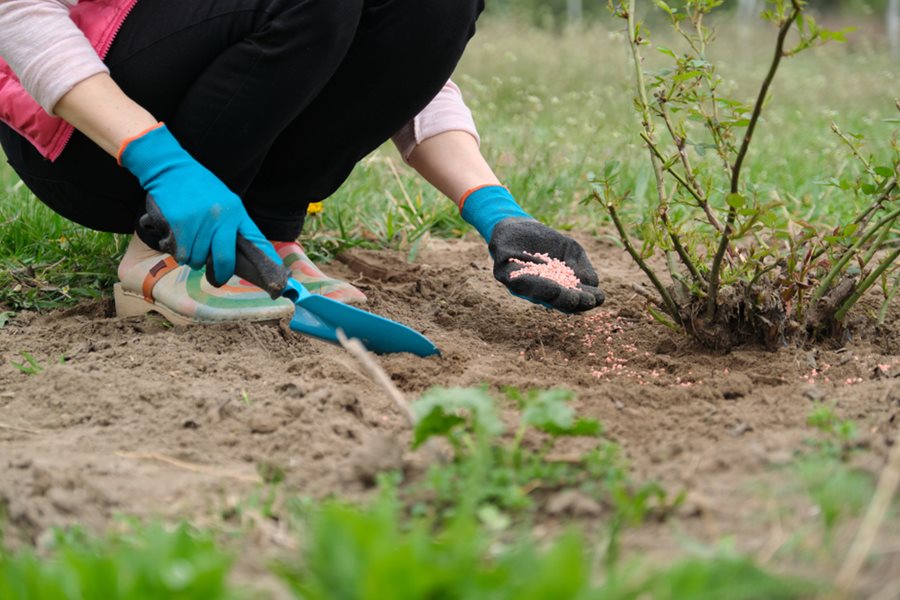
One of those age-old debates about whether and how long fertilizer takes to work continues to this day, with no clear answer. The application of a golden rule will assist you in determining when the best time to apply fertilizer is. If the weather forecast calls for high temperatures, applying fertilizer in the afternoon is preferable. On a cool day, it is advisable to fertilize in the morning rather than at night. The expected amount of sunlight on the day of fertilization is a final factor to consider. Your lawn, like people, can become burnt when exposed to direct sunlight. When there are clouds in the sky, it is the best time to fertilize your crops.
Conclusion
Synthetic fast-release lawn fertilizer and organic slow-release lawn fertilizer both have benefits and drawbacks. It’s entirely up to you what you feed your lawn. Synthetic fertilizer is the greatest alternative for those short on time. The benefits will wane in a day or two. If you want a lawn that is less harmful to the environment and more self-sufficient, choose organic slow-release fertilizer rather than a quick-release synthetic alternative. As you can see, nutrients can linger in the soil for several months after application.
The components of fertilizer can also affect its shelf life. Ultimately, it comes down to the product you choose. Using the right lawn and garden fertilizer might help you achieve your goals. The effectiveness of a product depends on whether it is synthetic or organic.
